How sustainable fuels created from thin air could solve the energy crisis
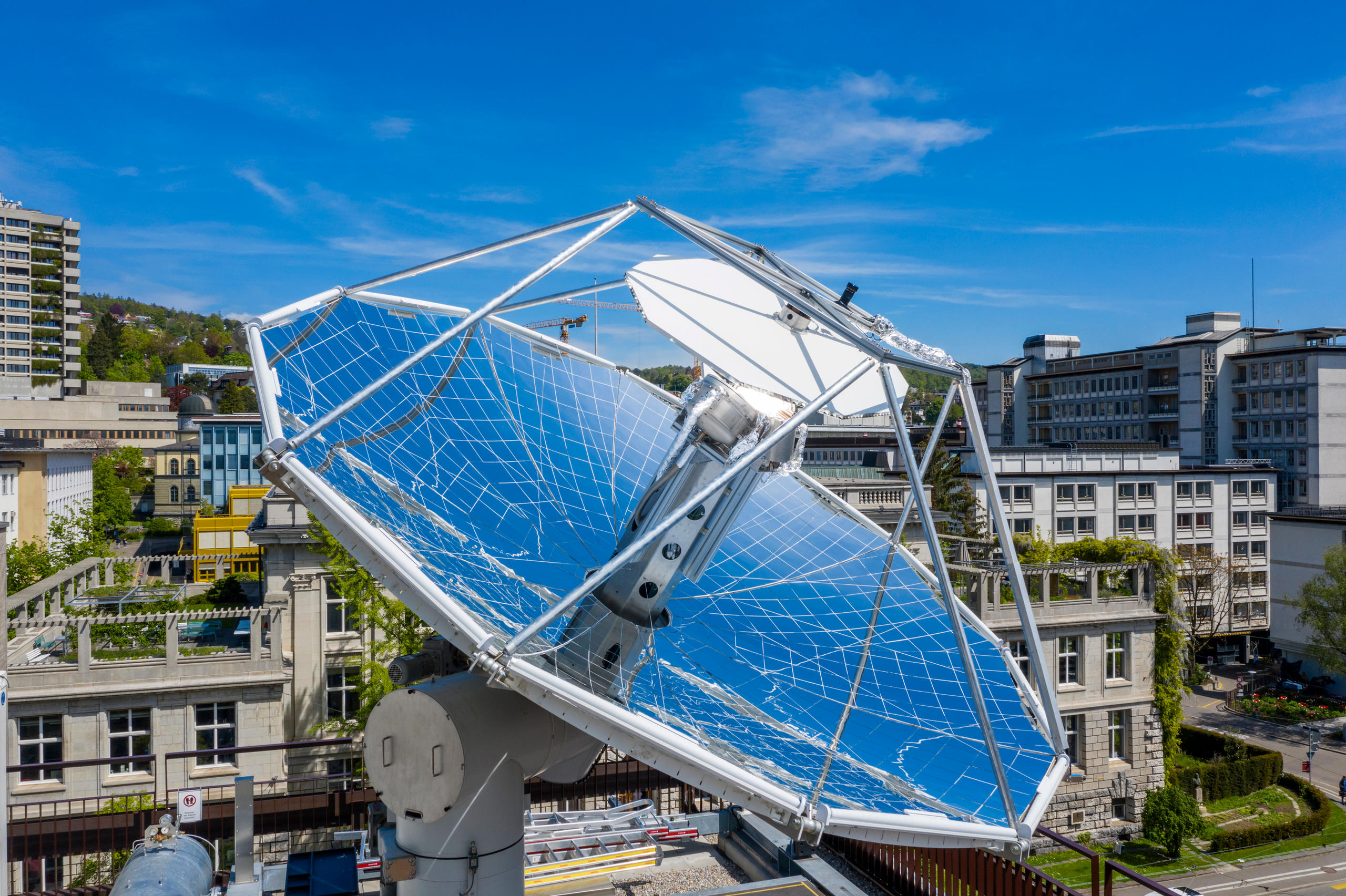
A refinery that produces fuels from sunlight and air… the scenario sounds like science fiction. Yet Swiss scientists claim to have done just that and built a potentially scalable way of producing sustainable fuels. A Swiss spin-off is working to commercialise the technology.
Perched on a roof in central Zurich, the white installation looks like a satellite dish from a James Bond film as it emerges from its casing and points to the skies. But it is not tracking secret communications. The unique device – a mini solar refinery – was built by scientists at the federal technology institute ETH Zurich to show that it is possible to produce carbon-neutral fuels from just sunlight and air.
After a two-year feasibility study, the researchers say their demonstration rig has confirmed the “stable and reliable” operation of their solar fuel production process. The results were recently published in Nature journalExternal link.
“It has been an amazing odyssey with failures and successes along the way,” Aldo Steinfeld, the ETH professor who heads the team, tells SWI swissinfo.ch. Over 20 doctoral theses have contributed to the decade-long project.
Their findings could pave the way to producing industrial quantities of “drop-in fuels” – synthetic alternatives to traditional fossil fuels such as kerosene, gasoline or diesel – that can have a big impact on the green transition and help make long-haul aviation and shipping more sustainable. These two transport sectors account for 8% of global greenhouse gas emissions. But much work is still needed to scale up the process and bring it to market.
Multi-stage thermochemical process
The mini refinery produces liquid fuels such as kerosene or methanol from sunlight and air via a multi-stage thermochemical process (watch animation below). First, a so-called direct air capture unit co-extracts carbon dioxide and water from ambient air. The parabolic dish and reflector then concentrate sunlight by a factor of 3,000, generating a temperature of 1,500 degrees Celsius in a small solar reactor. Inside, cerium oxide is reduced, and oxygen is released. In a second step CO2 and water are added to produce so-called syngas (carbon monoxide and hydrogen). In the third and final stage, a gas-to-liquid unit converts the syngas into liquid hydrocarbons or methanol.
The solar refinery currently yields about half a decilitre of pure methanol from 100 litres of syngas in a typical seven-hour operation. This amount is too small to be used to power any vehicle, but it is a clear demonstration of the feasibility of the process and an “important milestone”, say the researchers.
Fundamental R&D will continue at ETH Zurich and in a solar tower just outside Madrid. In parallel, two Swiss spin-offs, Climeworks and Synhelion, founded by Steinfeld’s former doctoral students, are working out how to bring the technologies to market. While Climeworks commercialises the technology for capturing CO2 from air, Synhelion commercialises the technology for producing solar fuels from CO2.s
“A perfect Swiss-made match,” declares Steinfeld.
Scaling up
Zurich-based Synhelion, which currently employs 20 people, last month announcedExternal link it had raised CHF16 million ($17 million) from investors to accelerate the commercialisation of the solar-fuel technology.
The money will go partly towards the construction and operation of the world’s first industrial solar fuels production plant, located at the German Aerospace Centre in Jülich, western Germany.
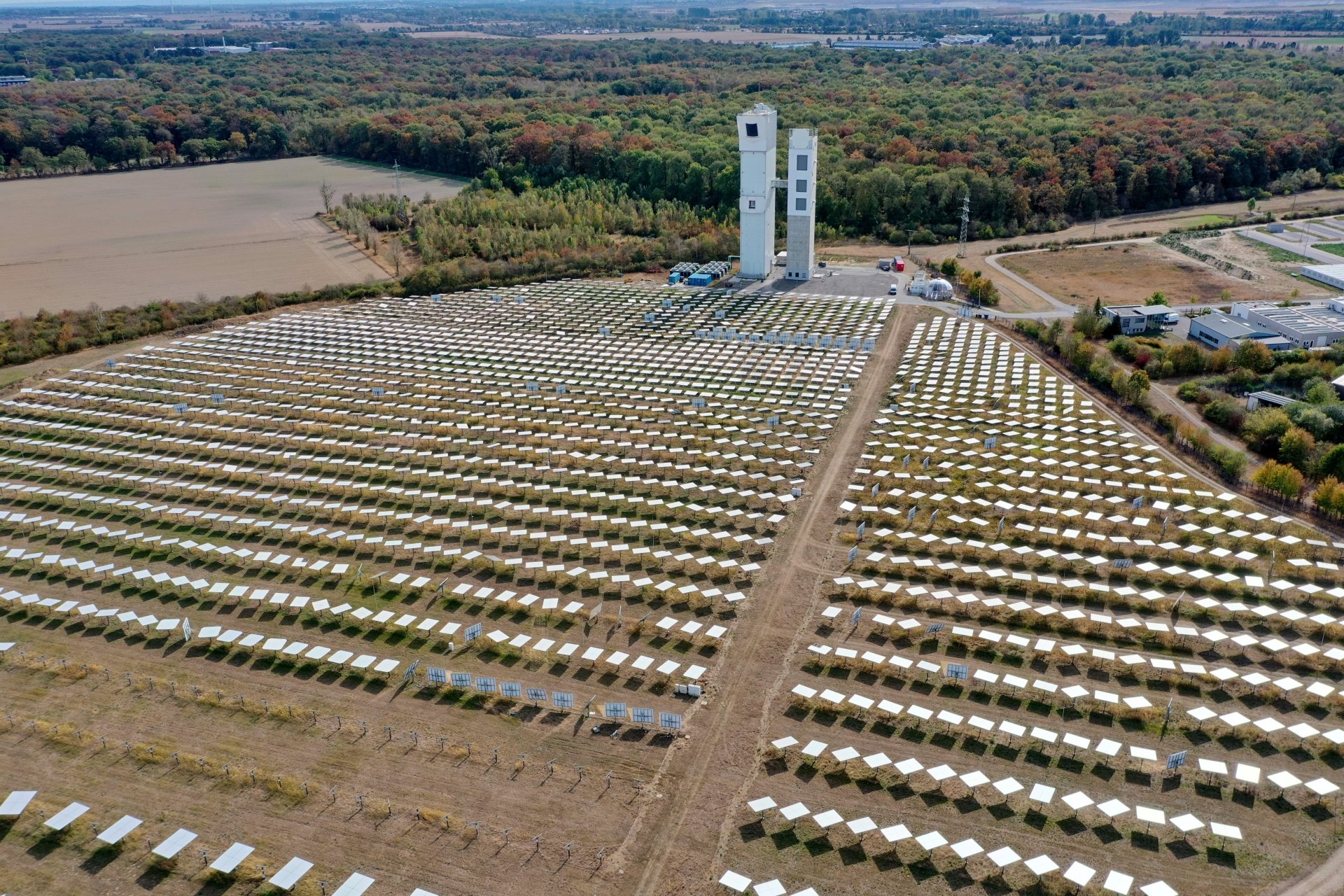
The centre offers extensive infrastructure for the Swiss entrepreneurs. Synhelion also has financial support from the German Federal Ministry for Economic Affairs and Energy (BMWi) which recently gave €3.92 million towards their project
“We are finalising the last installation work and we will start in early 2022 with the testing of the system. We will then build our first industrial scale plant… which comprises its own mirror field, tower, receiver, reactor and thermal energy storage system. Next to the tower a Fischer-Tropsch fuel synthesis system will be installed to convert the syngas into liquid fuels,” explains Synhelion CEO and co-founder Philipp Furler.
Due to the lack of reliable sunshine, Germany and Switzerland are not ideal places for solar fuel production, he admits. But Jülich is a perfect R&D location, says Furler.
“It’s the fastest and simplest and easiest way to demonstrate the technology from A to Z on an industrial scale,” he comments.
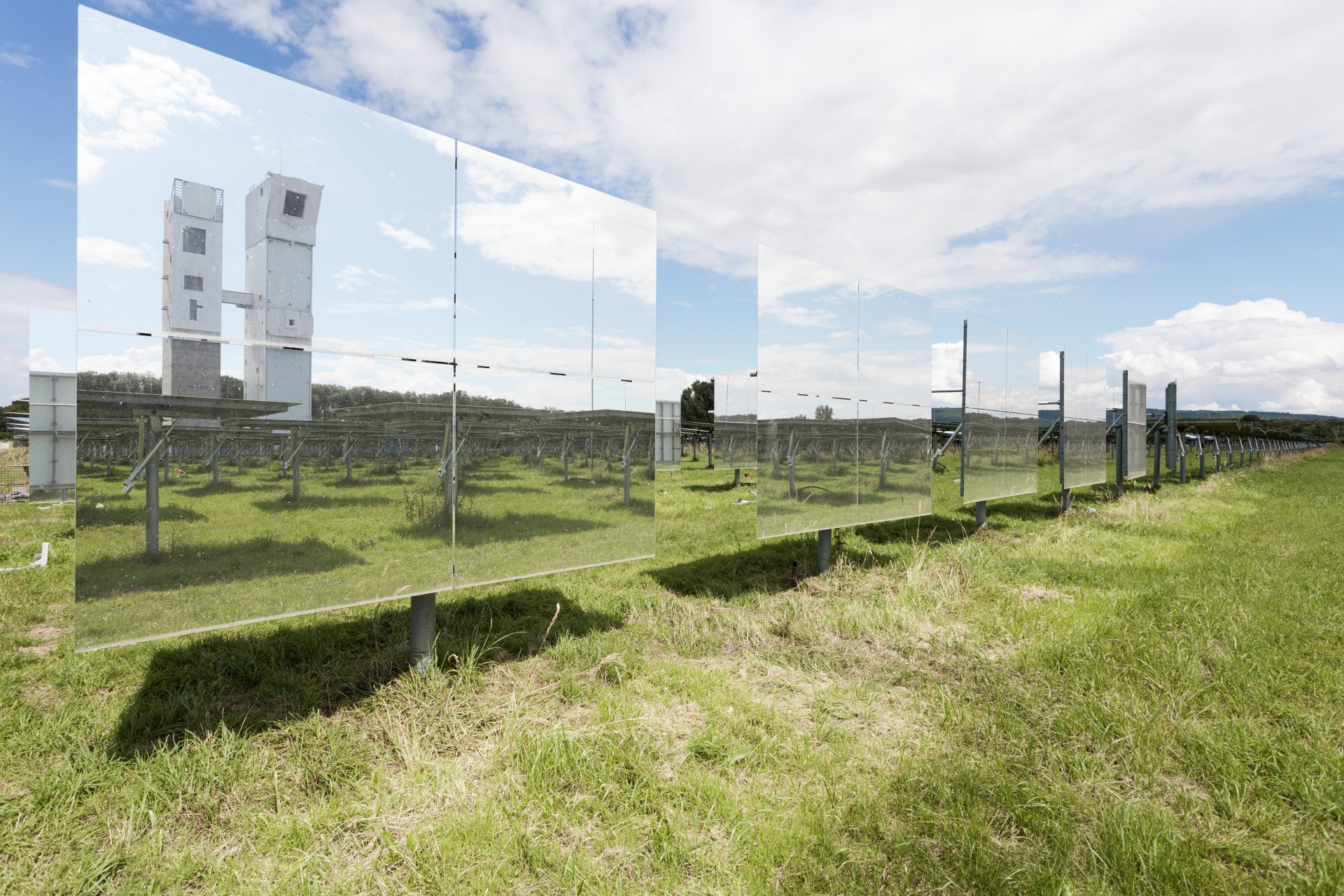
The next step will be to build a slightly bigger commercial plant in sunny Spain, which can operate continuously to make larger quantities of fuel and drive down production costs.
Synhelion has ambitious plans. From 2023, the Jülich plant should start producing 10,000 litres of solar fuel a year. Once the Spanish facility is operational from 2025 this should rise to 1.6 million litres a year. Furler’s company is already planning a production target of 875 million litres a year for 2030.
Solar fuel quotas
Synhelion and Climeworks are attracting a great deal of interest. Last month Swiss Environment Minister Simonetta Sommaruga visited both firms in ZurichExternal link to learn more about their work. Discussions also touched on the next production steps and government support.
While the technology is well advanced, various changes are needed to improve efficiencies. The main challenges, says Furler, involve integrating the key components into a whole system.
Experts say the hardest next stage in the roll-out will be overcoming the high initial price barrier. Synhelion’s solar fuel will initially be more expensive than the price of fossil fuel and kerosene. Synhelion estimates that producing 700,000 tonnes of solar fuel per year by 2030, which could cover about half of Switzerland’s jet fuel consumption, will cost several hundred million Swiss francs. Carbon taxes are not likely to be effective to lower the costs.
The Swiss minister said policymakers must help create clear framework conditions to help the firms plan ahead.
“We can, for example, introduce a blending quota for synthetic fuels in aviation to help create a new market,” she declared.
Aldo Steinfeld also thinks that quotas can help accompany the technology and future development of drop-in fuels.
“Airlines and airports would be required to have a minimum share of solar kerosene in the total volume of jet fuel that they put in their aircraft,” he notes.
By starting small – just 1% of a plane’s fuel should be solar kerosene – to keep total fuel costs down, a quota would lead to investments in solar fuel plants and, in turn, to falling costs similar to wind and solar electricity.
“By the time the quota reaches 10–15%, we ought to see the costs for solar kerosene nearing those of fossil kerosene. It is a strategy that is straightforward to implement,” says the ETH professor.
Today sustainable aviation fuels (SAFs) are expensive and are only being used in limited quantities by some airlines, blended with regular fuel. But the International Air Transport Association (IATA), the industry’s umbrella organisation, wants to massively increase their use. It has introduced a non-binding net-zero pledgeExternal link for cutting CO2 emissions by 2050 in which the amount of SAFs used by the industry should rise from 2% in 2025 to 65% in 2050.

More
Swiss research institutes join quest to find best green jet fuels

In compliance with the JTI standards
More: SWI swissinfo.ch certified by the Journalism Trust Initiative









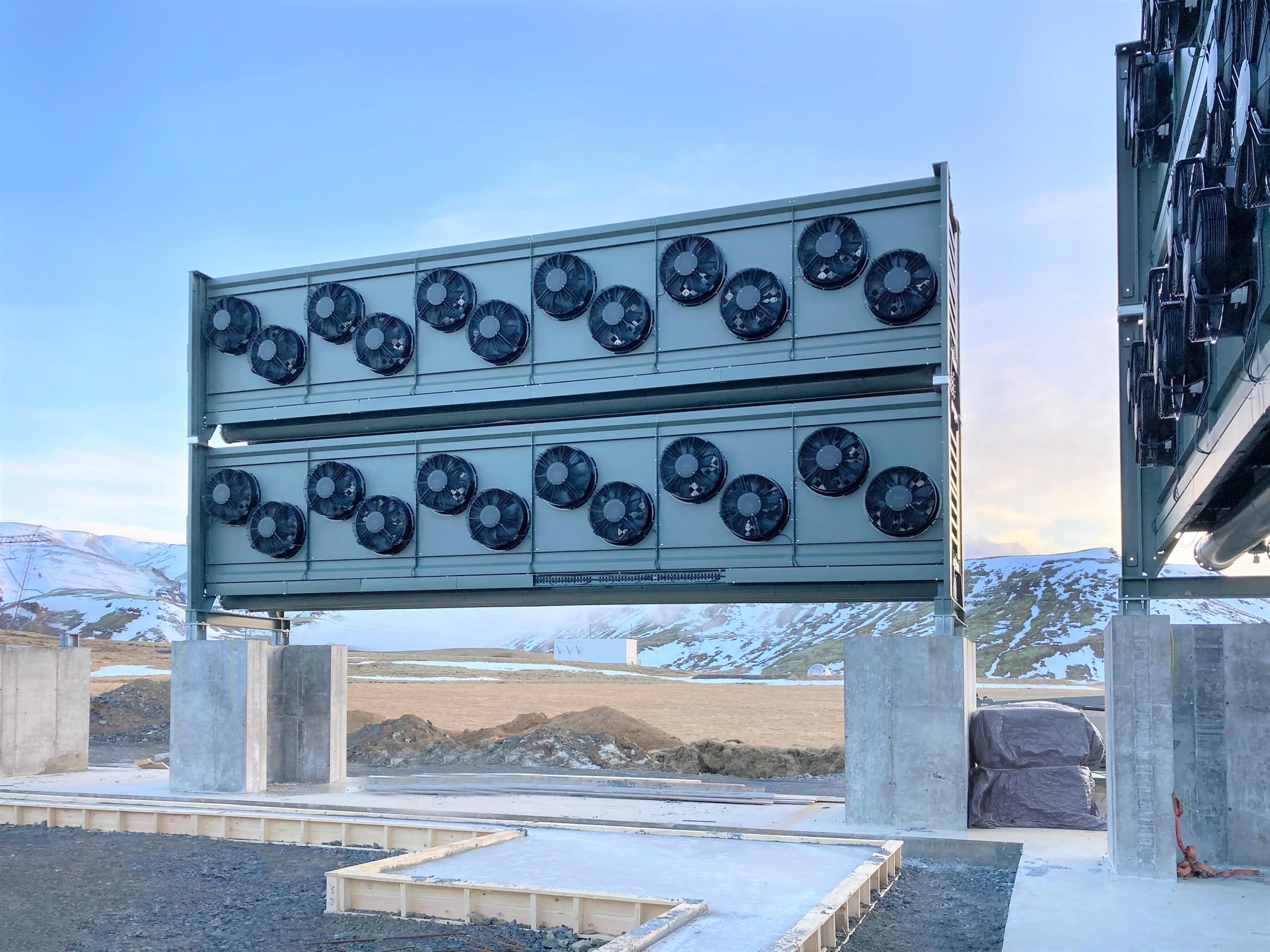
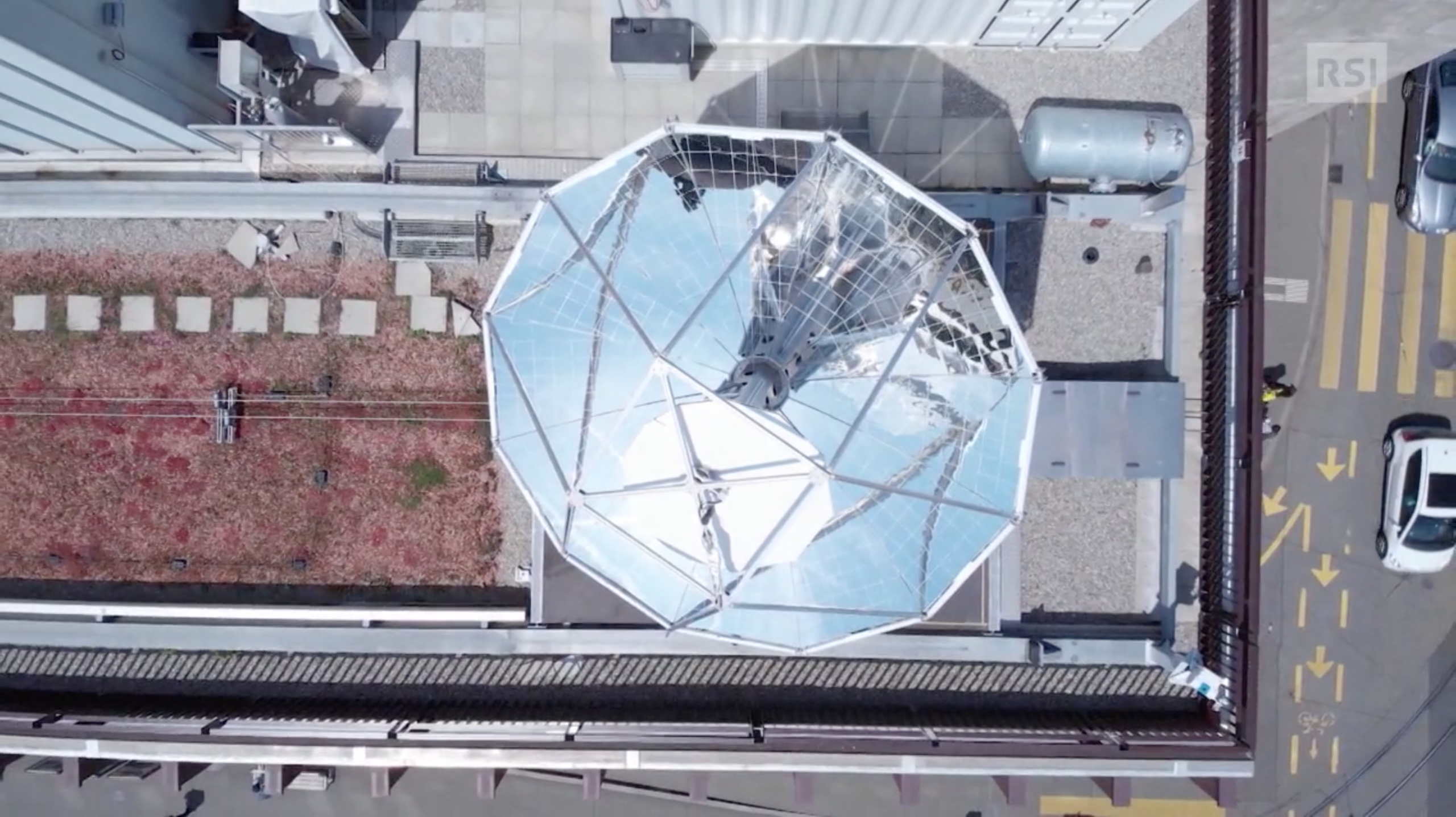
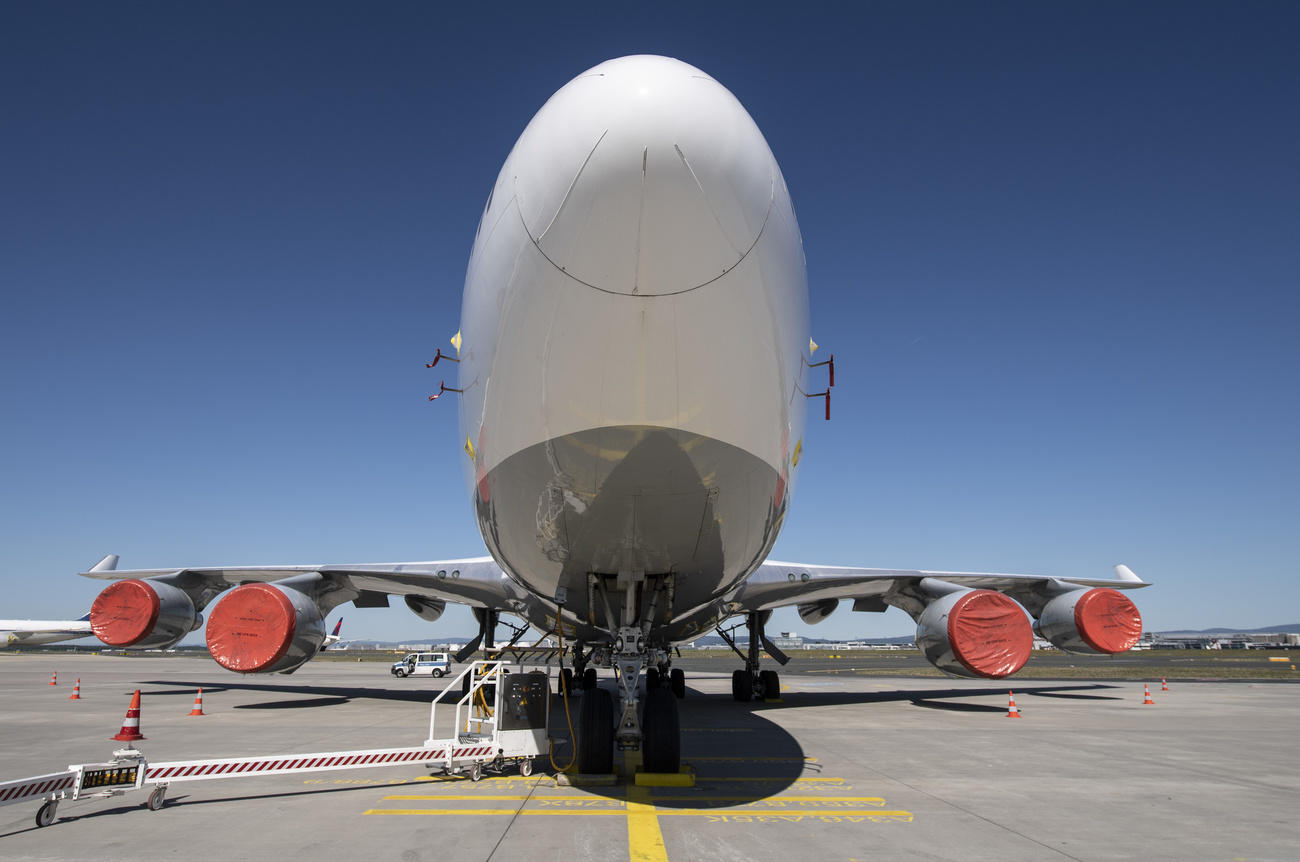

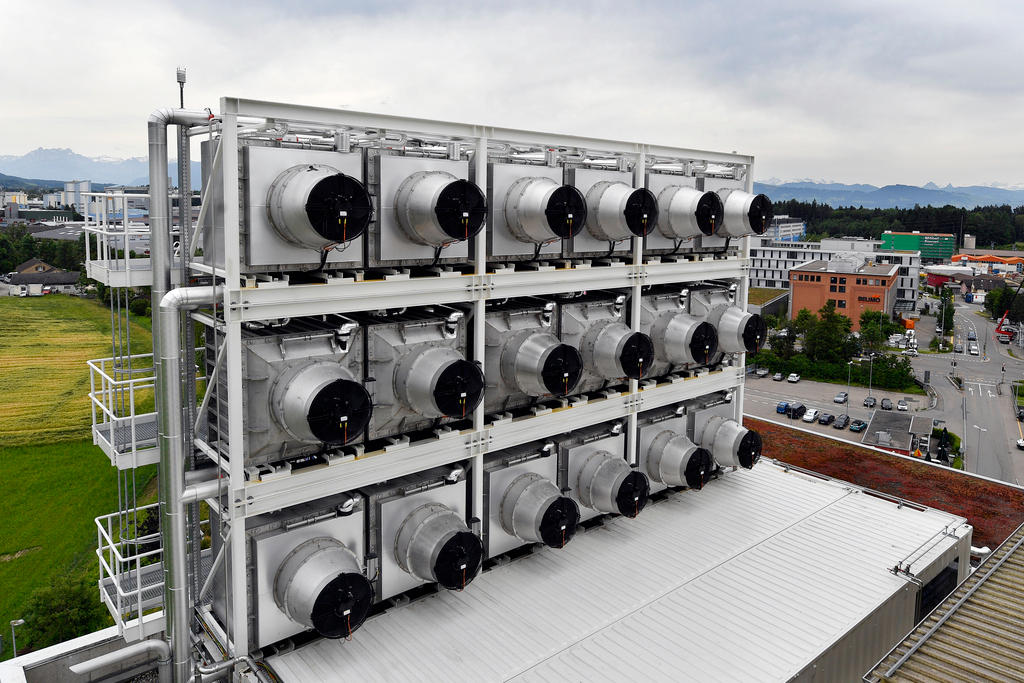
Join the conversation!